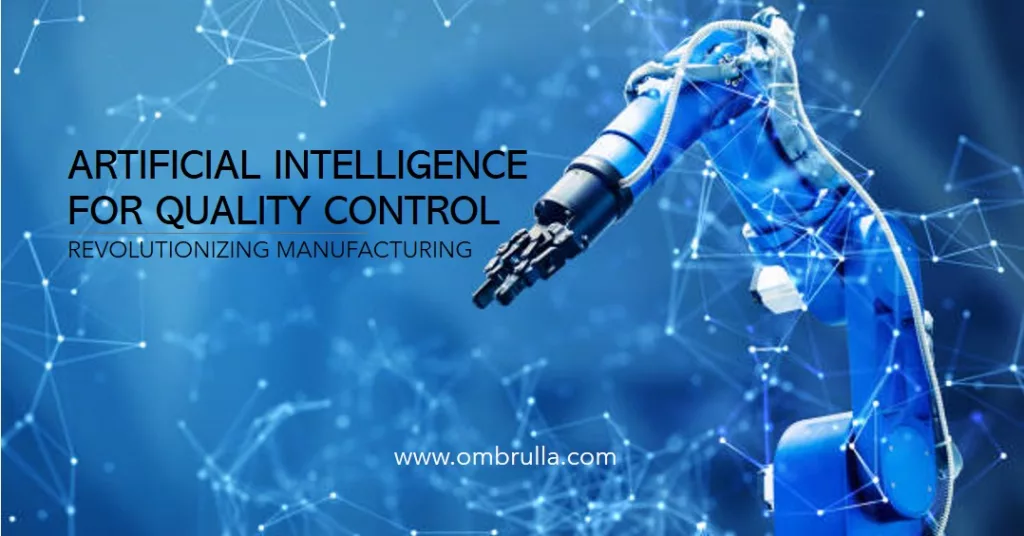
Achieving manufacturing excellence with AI Visual Inspection and defect detection for surface defect detection is a game-changer in quality control. The traditional methods of relying on human visual inspection often fall short due to subjectivity, fatigue, and limitations in detecting subtle flaws. This is where image recognition models come in, offering a plethora of benefits:
Enhanced Accuracy and Consistency:
- AI-visual inspection models can analyze vast amounts of data with remarkable precision, minimizing human error and subjectivity. They can detect even the most minute defects that might escape human eyes, leading to:
- Reduced false positives and negatives.
- Improved product quality and customer satisfaction.
- Streamlined production processes with fewer rejects and rework.
Increased Efficiency and Speed:
- AI defect detection method significantly reduces inspection time compared to manual methods. This translates to:
- Higher production throughput and overall efficiency.
- Real-time defect detection for immediate corrective action.
- Reduced labour costs associated with manual inspection.
Scalability and Versatility:
- Image recognition models can be trained for a wide range of materials, textures, and defect types, making them adaptable to diverse manufacturing environments. They can be:
- Easily deployed across production lines and multiple facilities.
- Continuously improved and updated with new data.
- Integrated with existing quality control systems for seamless data collection and analysis.
Data-Driven Insights and Decision-Making:
- The data generated by image recognition models provides valuable insights into defect patterns and root causes in Ai Quality Control. This information can be used to:
- Optimize production processes to minimize defect occurrence.
- Predict potential issues and implement preventive measures.
- Make educated judgments on maintenance schedules and resource allocation.
Overall, adopting image recognition models for surface defect detection leads to:
- Reduced costs: minimized waste, rework, and downtime.
- Improved product quality and brand reputation.
- Enhanced production efficiency and profitability.
- Data-driven decision-making for continuous improvement.
However, implementing image recognition models also involves considerations:
- Initial investment in software, hardware, and data acquisition.
- Requirement for high-quality training data with accurate labeling.
- Need for expertise in model training, deployment, and maintenance.
Despite these challenges, the benefits of utilizing Artificial intelligence in Quality Control for surface defect detection far outweigh the initial investment and efforts. As the technology continues to evolve and become more accessible, it is poised to revolutionize the manufacturing industry, pushing the boundaries of excellence and efficiency.
AI Applications AI Data Analytics AI Defect Detection AI forecasting AI for Everyone AI in Automotive AI in Green Logistics AI in Logistics AI in Manufacturing AI in Pharmaseutical AI Inspection AI in Supply chain AI Quality Control AI Quality Controll AI Quality Inspection AI Video Analytics AI Visual Inspection AI Visual Inspection use cases Artificial Intelligence asset health monitoring asset performance management asset performance management software asset tracking Computer Vision Defect Detection equipment tracking Future of AI Google Industrial AI iot asset management Predictive maintenance predictive maintenance systems Process Optimization Ship Inspection using AI

Leave a Reply